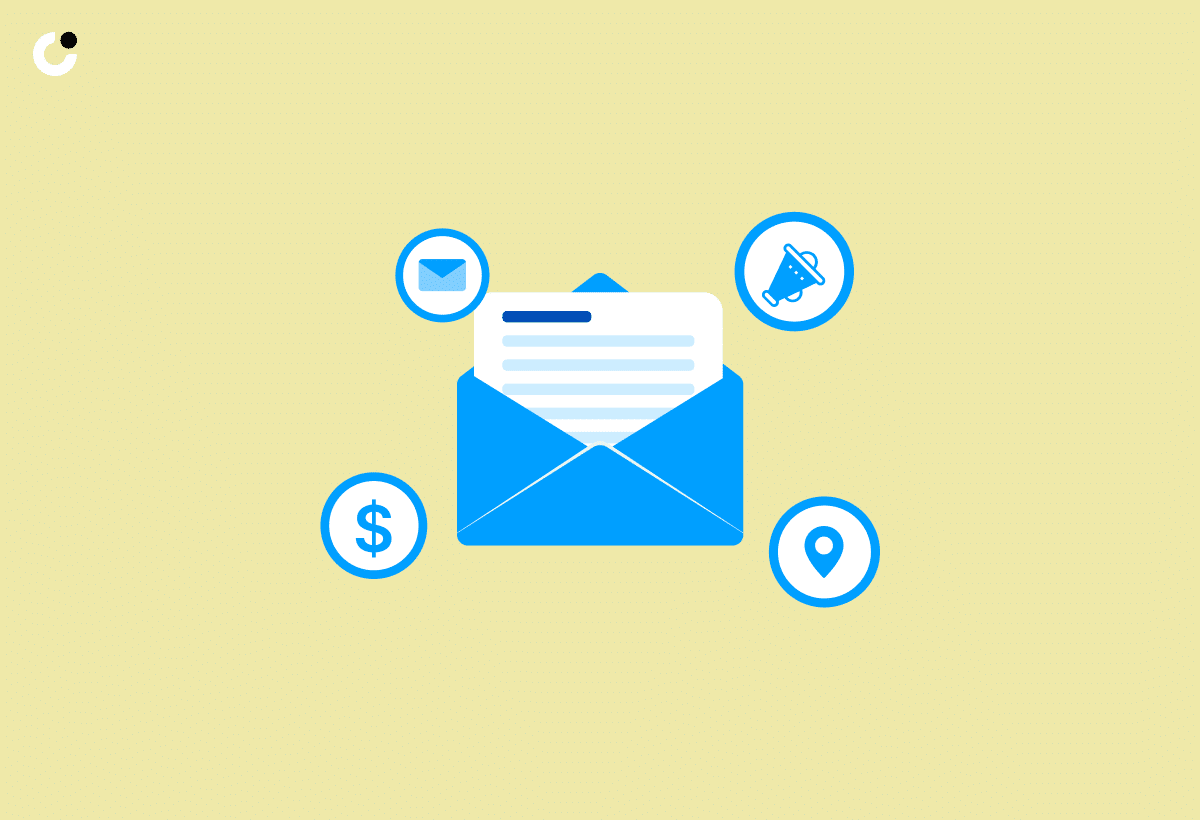Cold emailing outreach remains an indispensable tool for businesses seeking to generate leads, establish partnerships, and build relationships. The art of crafting a captivating cold email that resonates with the recipient can make a world of difference in your outreach efforts. In this blog post, we’ll break down “the best cold email I ever received”, dissecting its key components and revealing the secrets behind its success. Get ready to master the art of cold emailing and elevate your outreach game to new heights!
Key Takeaways
- Outstanding cold emails require personalization, relevance, and a concise value proposition to engage the reader.
- Building trust through cold email involves incorporating accurate information and demonstrating genuine interest.
- Utilizing tools such as Nutshell’s email sequences can help businesses scale up their campaigns for improved results.
The Anatomy of an Outstanding Cold Email

An outstanding cold sales email strikes the perfect balance between personalization, relevance, and a concise value proposition. It captivates the reader with a well-crafted subject line and compels them to take action, whether that be responding, scheduling a call, or exploring your offer further. Cold emailing can be made more effective with a carefully designed cold email template, which can help you achieve this balance and increase your chances of success with cold sales emails.
This part includes the vital components that contribute to an exceptional cold email and offers real-life examples for a better understanding of best practices.
Personalization Techniques
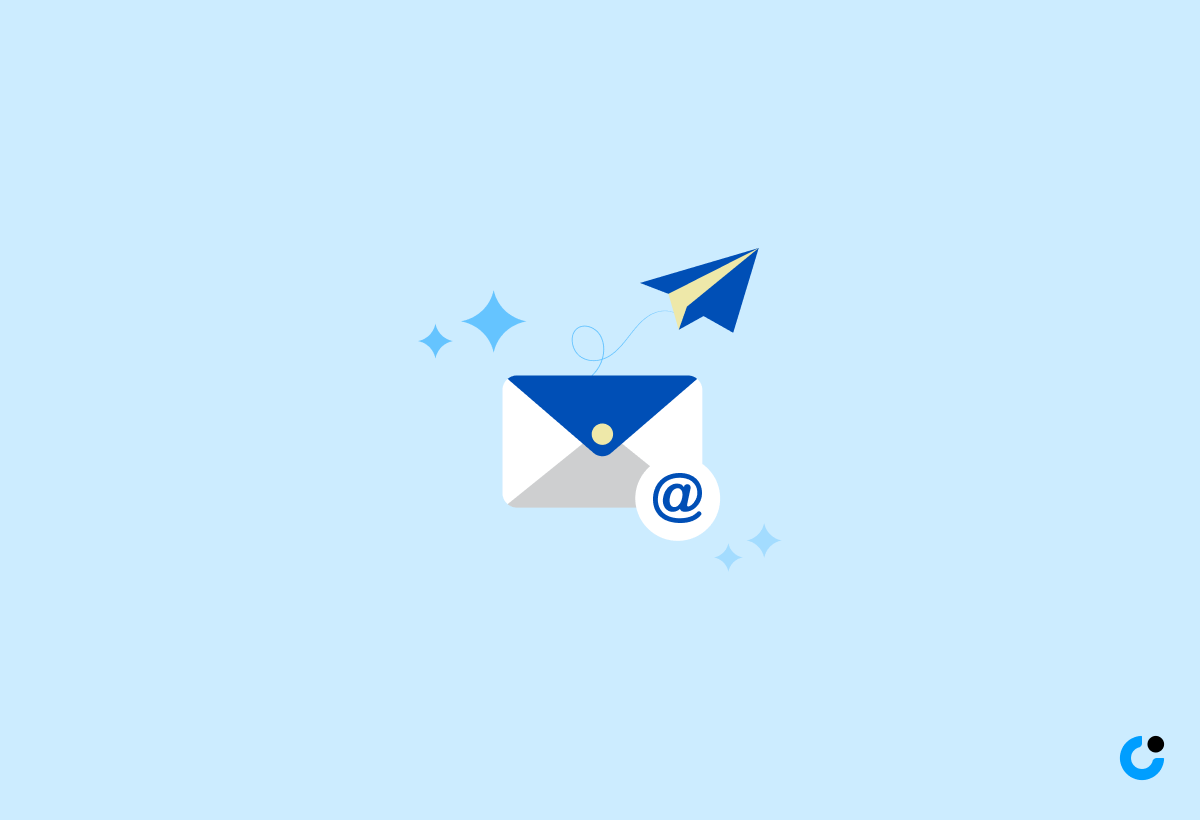
Personalization is a critical factor in making your cold email stand out from the rest. It demonstrates that you’ve invested time in understanding the recipient’s business and genuinely care about helping them succeed, rather than simply seeking a quick profit. Some effective personalization techniques include using the recipient’s name, referencing their company or industry, and mentioning a recent achievement or event relevant to their business.
Before sending your email, it’s imperative to conduct detailed research on your prospect. It enables you to craft a personalized message that resonates with them, making it more likely they’ll engage with your email. Don’t be afraid to experiment with humor, either – a well-placed joke or quip can make your email memorable, as long as it’s appropriate and aligns with your brand voice.
Identifying the correct contact point also enhances personalization. Utilize company databases, such as ZoomInfo or Hunter, to locate potential contacts. If you have their phone number, a quick call might help you identify the appropriate person to reach out to. Remember, including accurate and easily accessible contact information in your cold email increases the chances of a response.
Relevance and Context

Relevance and context are pivotal in creating a cold email that provokes a response. Providing relevant information tailored to the recipient’s needs and interests demonstrates that you understand their business and can offer real value. Take the time to research your audience and craft a message that addresses their specific pain points and goals.
In one notable cold email example, Laura Lopuch achieved an impressive 9% positive reply rate by thoroughly researching her recipients’ business goals and aligning her message with their needs. To enhance the relevance of your cold email, consider incorporating context, such as a recent trigger event or industry development, which can catch the recipient’s attention and show that you’re in tune with their business landscape.
Additionally, it’s important that your call-to-action (CTA) is straightforward, concise, and relevant. Instead of asking for a lengthy meeting, consider requesting a quick call or chat to discuss the benefits of your product or service. This approach is less demanding and more likely to elicit a positive response.
Crafting a Clear Value Proposition

The value proposition of your cold email should be enticing and simple to understand. Focus on the specific benefits your product or service can deliver to the prospect, rather than providing a generic overview. Using bullet points in your email can help ensure your message remains neat and easy to read, especially for recipients on mobile devices.
Addressing common objections is another important aspect of crafting an effective value proposition. If you know the prospect is using a competitor’s product, highlight the unique advantages your solution provides over the competition. Using social proof by including customer testimonials or success stories can strengthen your credibility and increase the appeal of your value proposition.
Remember, your cold email should offer real value to the recipient without expecting anything in return. For example, consider providing a free resource, such as a report, eBook, or tool, that can help them address a specific pain point. This approach can help build trust and pave the way for a more productive conversation.
Five Real-Life Examples of Exceptional Cold Emails
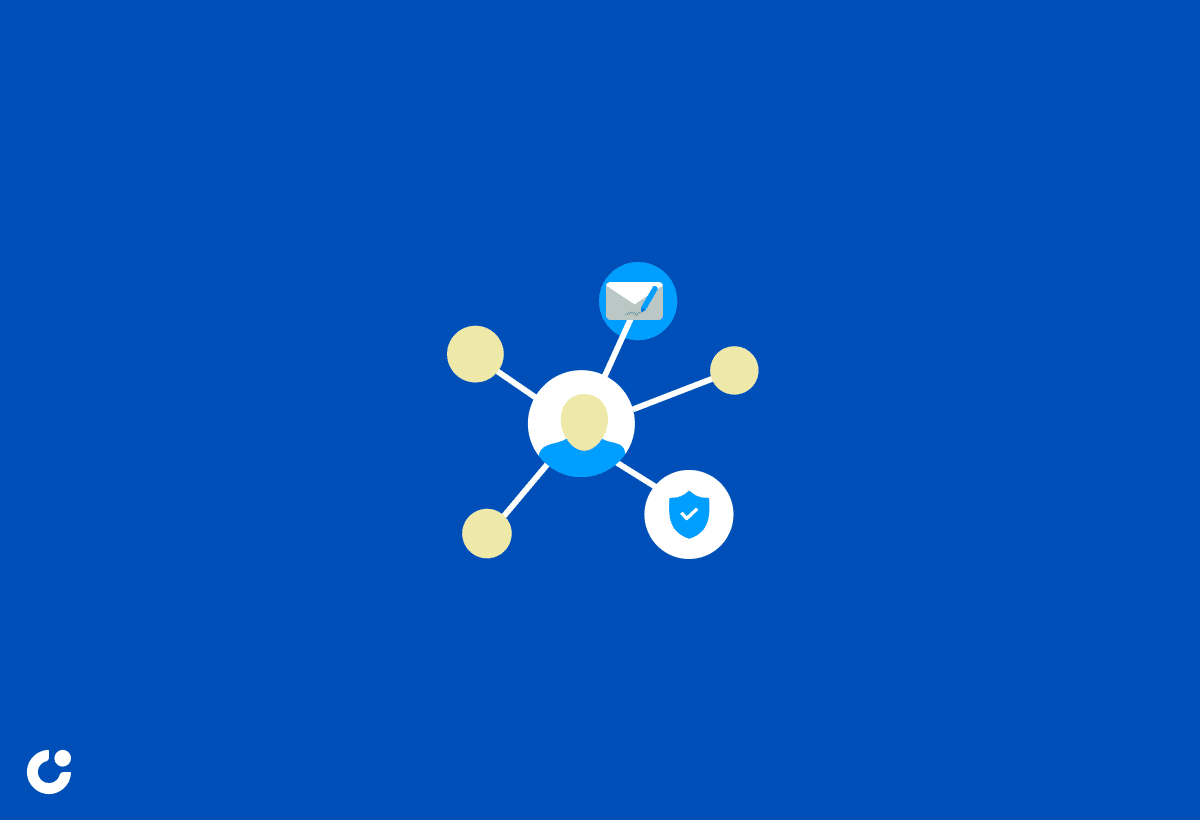
Examining real-life examples of exceptional cold emails can provide invaluable insights into what works and what doesn’t. This part examines five examples, discussing the key elements that contribute to their success and how these principles can be applied to your cold email efforts.
Each of the five examples showcases a different aspect of cold email excellence. Some highlight the power of personalization, while others demonstrate the importance of relevance and context. By studying these examples, you’ll gain a deeper understanding of the strategies that can make your cold emails stand out from the competition.
These examples also emphasize the significance of building trust, crafting engaging subject lines and using appropriate timing and follow-up tactics. By learning from these successful cold email examples, you’ll be well-equipped to refine your own cold email campaigns and achieve better results.
Building Trust Through Cold Email
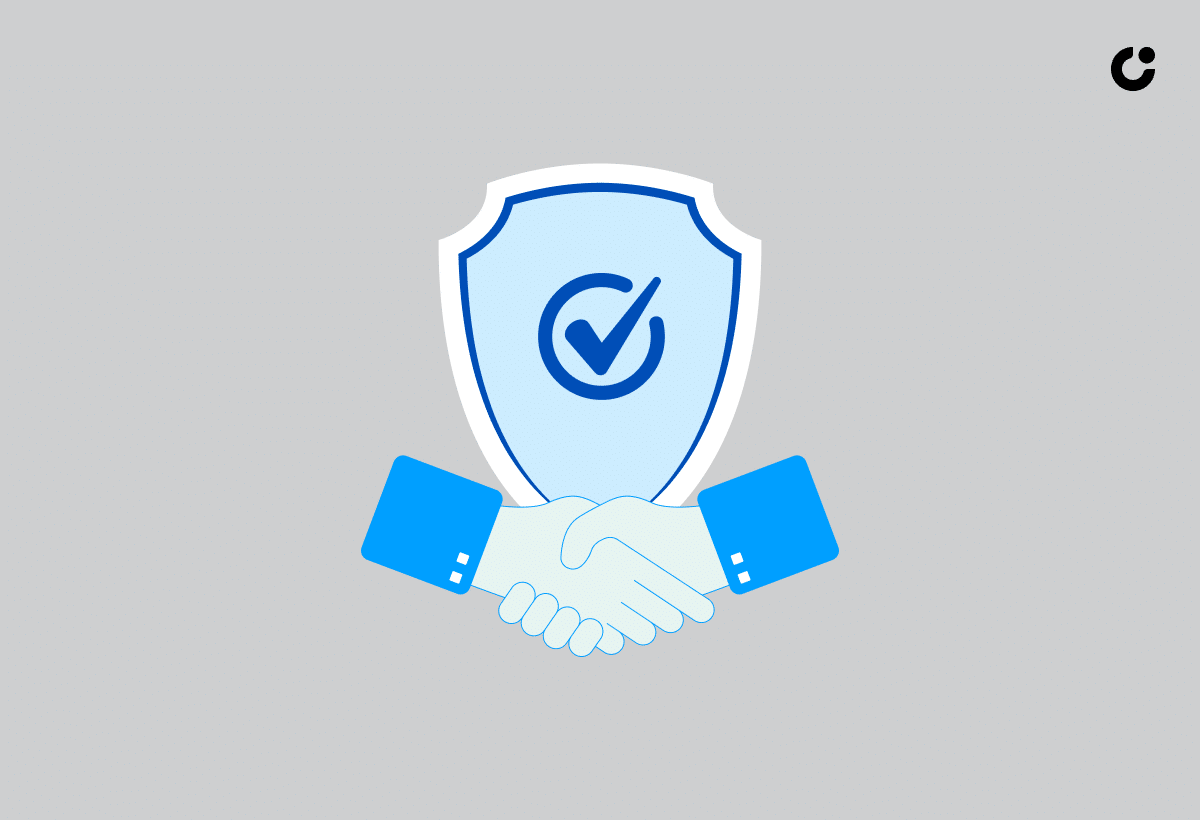
Building trust within your cold email is critical to earn credibility with your prospects and nurture successful business relationships. Personalization and providing accurate, valuable information are key to creating trust. Here are some ways to build trust in your cold email:
- Mention the recipient’s company name
- Reference recent achievements of the recipient’s company
- Highlight shared interests or connections
- Demonstrate genuine interest and understanding of their business
By incorporating these elements into your cold email, you can establish trust and increase the likelihood of a positive response.
Additionally, when writing your email, remember to:
- Avoid using an overly promotional tone or making exaggerated claims
- Keep your message concise and focus on the recipient’s needs, rather than your own
- Demonstrate expertise and offer real value to establish trust and credibility with your prospects.
The Art of Crafting Engaging Subject Lines
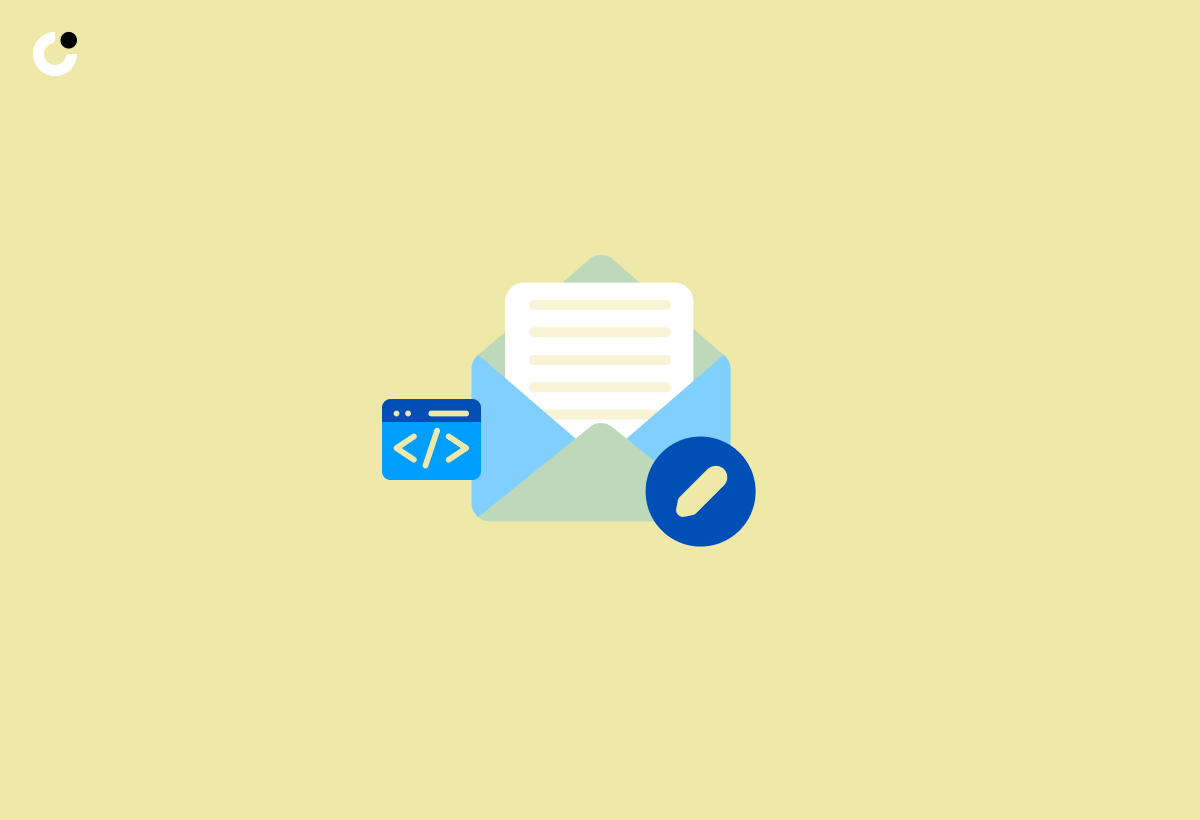
The subject line is often the first thing a recipient sees when they receive your cold email, and it plays a pivotal role in determining whether your email will be opened or ignored. Creating an engaging subject line is necessary to capture your prospect’s attention and spark their curiosity.
One effective technique is to include a question in the subject line, as it engages the reader and invites them to learn more. Another strategy is to mention the recipient’s company name or a recent event relevant to their industry, which can signal that your email contains valuable information tailored to their needs. Avoid using words or phrases that may come across as spammy, such as “free,” “limited time offer,” or anything related to money.
Remember, the goal of your subject line is to entice the recipient to open your email, so it’s crucial to strike a balance between intrigue and clarity. Keep your subject lines concise and focused on the value you’re offering, and experiment with different wording and formats to find the perfect subject line for your cold email campaign.
Timing and Follow-up: When and How to Reach Out

The timing of your cold email outreach and approach to follow-up can considerably influence your response rates. Sending your email at the right time, when your prospect is most likely to be receptive, can improve your chances of success in cold outreach.
Follow-up emails are also essential for nurturing relationships and demonstrating your commitment to helping the prospect succeed. Here are some tips for effective follow-up emails:
- Offer value in your follow-ups, such as free advice or resources.
- Maintain a respectful cadence to avoid overwhelming your prospect.
- Be persistent yet considerate. By following these tips, you’ll maximize your chances of eliciting a response and forming a fruitful business connection.
Cold Email Metrics: Measuring Success and Adjusting Strategy

To maximize your cold email campaigns’ success, it’s important to track key metrics, analyze the collected data, and modify your strategy as needed. Essential metrics include:
- Number of emails sent
- Delivery rate
- Email open rate
- Click-through rate (CTR)
These data points provide invaluable insights into your recipients’ preferences, behaviors, and engagement patterns.
By tracking and analyzing these metrics, you can identify areas for improvement, such as fine-tuning your email copy, CTAs, or subject lines. Continuously testing and refining your campaigns based on data-driven decisions will lead to more leads and a higher success rate.
Furthermore, focus on metrics that directly impact your bottom line, such as positive reply rate, campaign ROI, and adjusted reply rate. Understanding these numbers will enable you to make informed decisions about your cold email strategy and ultimately enhance your overall outreach efforts.
Tools and Resources for Cold Email Success

Several available tools and resources can simplify your cold email process and enhance your results. For example, Nutshell’s personal email sequences and a free cold email generator can assist in optimizing your campaigns and generating high-impact cold emails quickly.
Another valuable resource is the Close AI Email Writer, which uses artificial intelligence to save you time and enhance the efficacy of your cold emails by providing tailored, data-driven content. By leveraging these tools and resources, you can elevate your cold email campaigns and achieve better results in your outreach efforts.
Avoiding Common Cold Email Mistakes
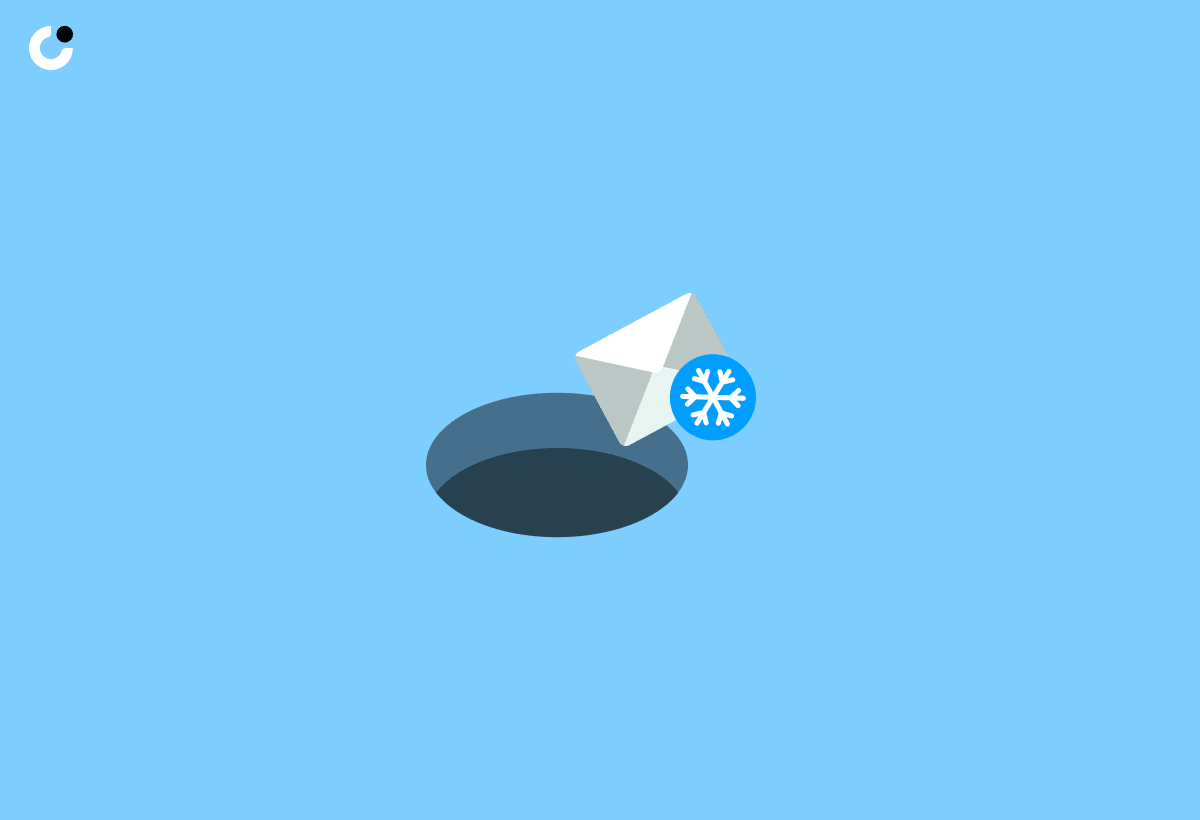
To ensure the effectiveness of your cold email efforts, it’s important to steer clear of common mistakes, like using an overly promotional tone, neglecting to personalize the message, or sending the email to the incorrect person. By learning from the best cold email examples and adhering to the principles outlined in this blog post, you’ll be well-equipped to craft compelling cold emails that resonate with your prospects and drive results.
Tips for Scaling Your Cold Email Campaigns
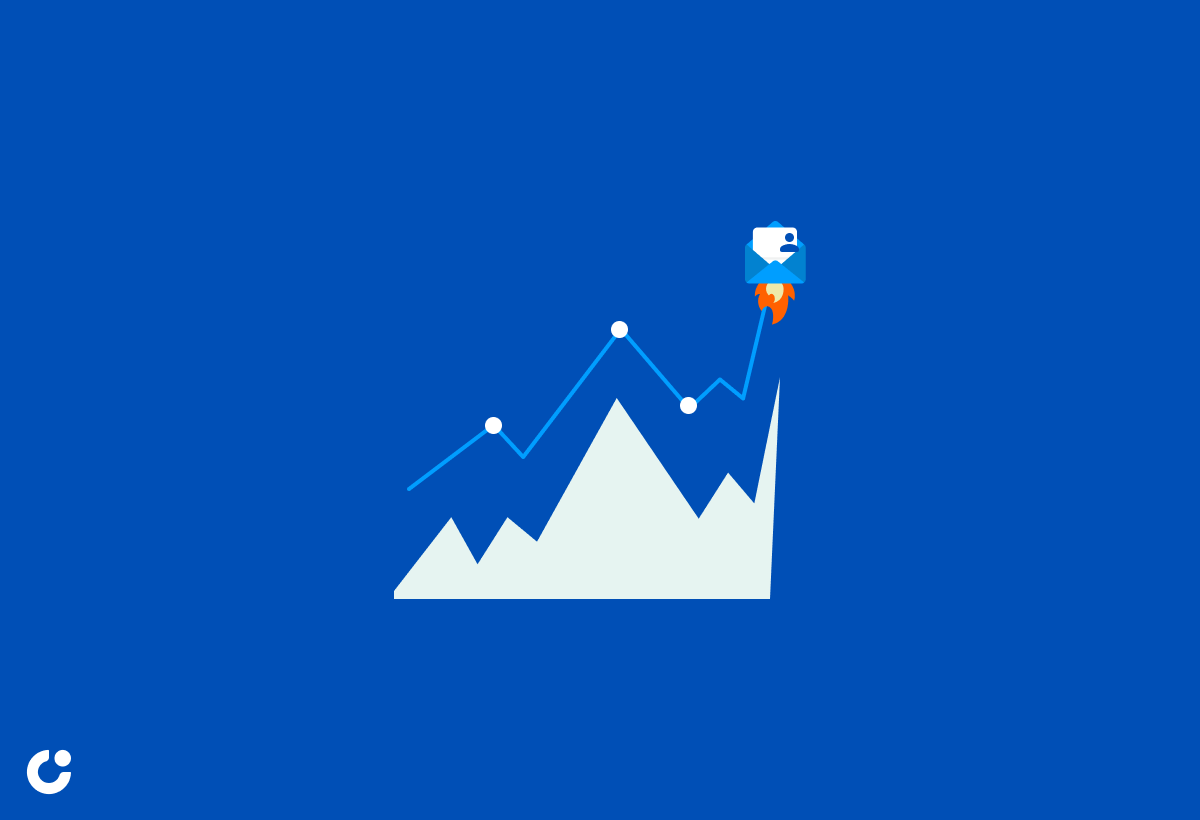
As your business expands, it’s necessary to scale up your cold email campaigns to reach a broader prospect base and yield improved results. Automation and analytics are key components of scaling your campaigns, allowing you to optimize and automate tasks such as personalization, email sequencing, follow-ups, scheduling, and tracking.
Tools like HuntMeLeads, SalesHandy, Instantly.ai, Hunter Campaigns, Mailshake, and Gmass can help you automate and scale your cold email campaigns, making your outreach more efficient and effective.
Summary
Mastering the art of cold emailing is an invaluable skill that can significantly impact your business’s success. By understanding the key components of an outstanding cold email, learning from real-life examples, and leveraging tools and resources, you’ll be well-equipped to craft compelling cold emails that resonate with your prospects and drive results. With persistence, creativity, and data-driven insights, you can elevate your cold email outreach and achieve new heights of success.
Frequently Asked Questions
What are the key components of an outstanding cold email?
An outstanding cold email should be personalized, relevant, and contain a clear value proposition in the opening sentence. It should also use a professional tone to make a connection with the reader.
How can I improve my cold email's subject line?
Craft a concise subject line that focuses on the value you offer, and experiment with different styles to find the best fit. Use a professional tone and avoid including any irrelevant details.
What are some common cold email mistakes to avoid?
Avoid using an overly promotional tone, not personalizing the message, and sending the email to the wrong person to ensure your cold emails make the right impression.
How can I scale my cold email campaigns?
Utilize automation and analytics tools to optimize and automate tasks such as personalization, email sequencing, follow-ups, scheduling, and tracking for scaling your cold email campaigns.
What metrics should I monitor for my cold email campaigns?
Monitor key metrics such as the number of emails sent, delivery rate, email open rate, and click-through rate (CTR) to assess your cold email campaign performance.

